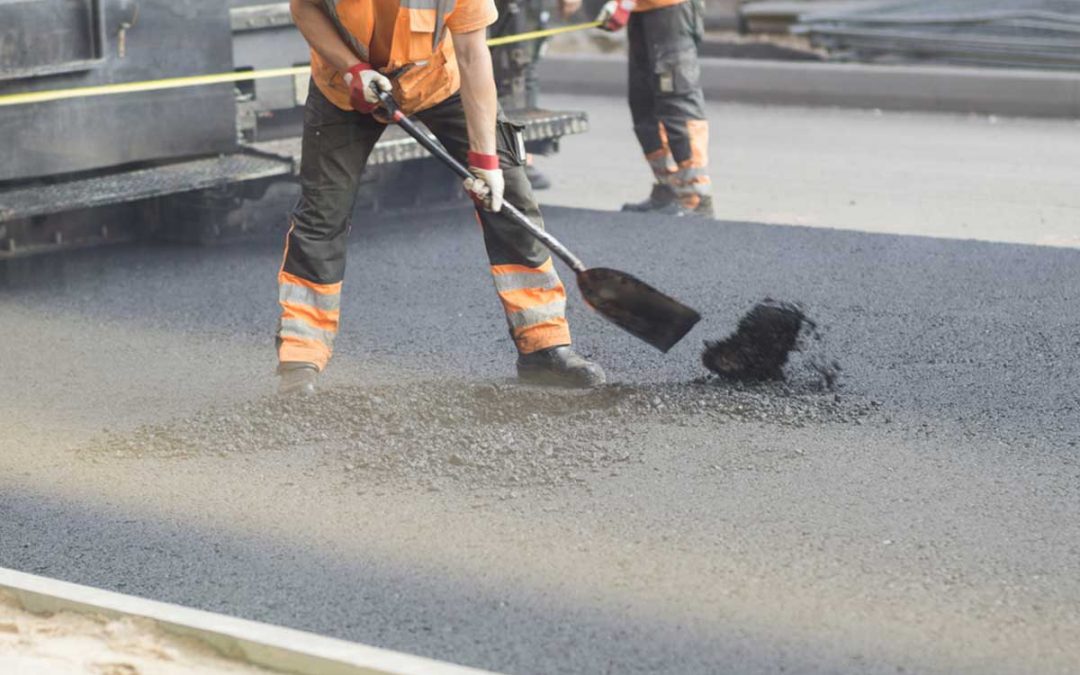Wayne County needs to invest over $3 billion in the next 10 years for 90% of infrastructure to be brought to fair to good condition, according to a new report that finds more than half of the county’s roads in poor condition.
The report, the county’s first-ever 10-year Asset Management Plan, which will help develop and implement a plan for roads and bridges, was released Tuesday. The county report comes as debate over long-term road state and federal funding continues in the Legislature and as pockmarked roads roils Michigan drivers.
“We are the birthplace of the modern road system and we are one of the most significant economic regions in the country, but our roads are falling apart,” said Wayne County Executive Warren C. Evans in a statement announcing the initiative. “We need about $3 billion over the next 10 years, and that’s not even counting our subdivision roads. We can’t put Band-Aids on our roads and bridges forever, it’s time to pay the piper.”
The report found that among public roads and bridges, which constitute the “largest and oldest local public infrastructure system in the state”:
- 58% of Wayne County roads are in poor condition, compared to 42% in 2017; 34% of the roads are in fair shape and only 8% are in good condition. The road inventory covered a total of 897 miles of federal aid roads and non-federal aid, non-subdivision roads. It did not include the 773 miles of local subdivision roads.
- Road and bridges “will deteriorate to unacceptable levels” without additional investment. “It will take as much as an additional $300 million annually to reach the goals of 90%” of the structures in fair to good condition by 2029,” the report said.
- 31% of bridges in the National Bridge Inventory federal guidelines are in poor to serious condition; $70 million is needed to address priority bridge structures such as the Miller/Rotunda Road and Grosse Ile Parkway bridges.
- Preventative maintenance allows scarce funding to go further as part of a larger “right fix, right time” strategy that will be a core strategy of the AMP.
Evans called the need urgent.
Part of the AMP strategy is preventative maintenance of good roads and bridges, which can stretch meager funding, Evans said.
“An increasing number of our roads and bridges are in poor to critical condition, and they are going to deteriorate faster without significant investment,” Evans said in the statement. “Developing an Asset Management Plan will help us get more out of our money through preventative maintenance, but there’s no way we can address our infrastructure crisis without a massive infusion of cash.”
The next step, he said, is to develop fixes, look at funding options and preservation strategies, and create a rolling 10-year Asset Management Plan to guide investments. Preventive maintenance, which keeps roads in good condition longer and is less expensive than rehabilitation or reconstruction, is key.
“The average age of bridges in Wayne County is nearly 70 years old, but we count on them daily to get to work or the doctor or sports events for our kids,” said Beverly Watts, director of Department of Public Services for Wayne County, in a statement.
“It’s the oldest, largest and most unique set of local bridges in the state. There are 18 different types of bridge substructures, three movable bridges and 12 bridges that are on the National Register of Historic Places. Fixing and maintaining them is costly.”
The county has 310 structures, 231 of which are inspected and maintained as part of the National Bridge Inventory, according to the report. Of the 231, 69% are in good or fair condition, 20% are in poor condition and 11%in serious or critical condition; 35 are open but with reduced weight loads and 10 are closed.
The county has 11 “big” bridges with replacement values exceeding $10 million, the report found.
Last week, Macomb County Executive Mark Hackel said that more than $2.3 billion in funding is needed to fix deteriorating roads and bridges under the county’s jurisdiction. And he unveiled a new tool that lets taxpayers and legislators see how much money is needed to repair stretches of roads or bridges.
The interactive tool shows that 20% of primary and local roads are in good condition, 22% are in fair condition and 58% are in poor condition, which mimics the percent of poor Wayne County roads.
Wayne County’s 10-year plan is expected to be ready in November. It will be updated and revised as new information becomes available.
“We can’t just wait for things to shake out at the state level; we need to get the most out of every penny we have now,” Evans said. “And if something gets done in Lansing, we’ll have that much better of a plan to put additional funding to use.”
For bridges, Wayne County has 310 structures, 231 which are inspected and maintained as part of the National Bridge Inventory (NBI) federal guidelines. Of those 231 NBI bridges, 69 percent are in good or fair condition, 20 percent in poor condition and 11 percent in serious or critical condition. Of those 231 NBI bridges, 35 are open but with reduced weight loads and 10 are closed. Three additional non-NBI bridges also are closed. The County has 11 “big” bridges with replacement values exceeding $10 million.

